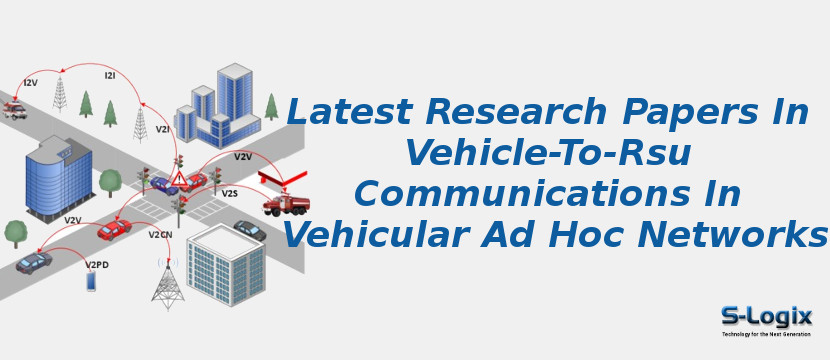Recent research in vehicle-to-roadside-unit (V2RSU) communications within vehicular ad-hoc networks (VANETs) emphasizes enhancing link reliability, reducing latency, and optimizing data flows between moving vehicles and stationary infrastructure to support smart city mobility and connected transportation services. Studies explore dynamic RSU placement strategies informed by real-time traffic patterns, vehicular density, and predicted mobility to ensure efficient coverage and minimal handover disruption. Innovative caching and content distribution at RSUs reduce delivery time for infotainment, map updates, and cooperative perception data, while edge-assisted processing at RSUs enables vehicles to offload computation and receive timely feedback. Machine learning models help allocate spectrum and prioritize safety messages between vehicles and RSUs under varying load conditions. Security and privacy frameworks address low-trust environments by integrating lightweight authentication and encrypted communication tailored for high-mobility V2RSU links. Together, these advancements drive a resilient, responsive, and intelligent V2RSU communication backbone for next-generation vehicular ecosystems.
